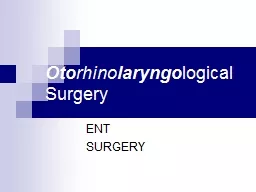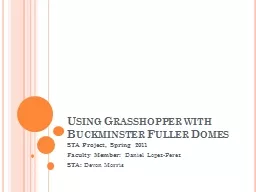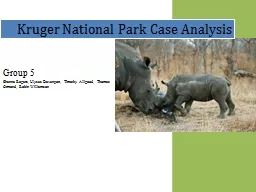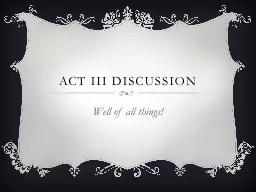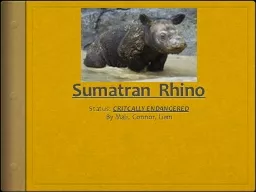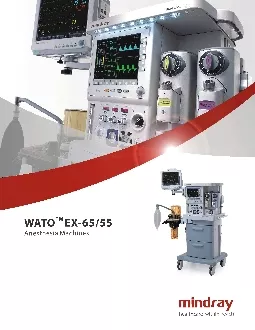PPT-Oto rhino laryngo logical Surgery
Author : sherrill-nordquist | Published Date : 2020-04-04
ENT SURGERY Purpose Ear improve restore preserve hearing Nose restore or improve breathingventilation ensure drainage of the sinuses control epistaxis Throat prevent
Presentation Embed Code
Download Presentation
Download Presentation The PPT/PDF document " Oto rhino laryngo logical Surgery" is the property of its rightful owner. Permission is granted to download and print the materials on this website for personal, non-commercial use only, and to display it on your personal computer provided you do not modify the materials and that you retain all copyright notices contained in the materials. By downloading content from our website, you accept the terms of this agreement.
Oto rhino laryngo logical Surgery: Transcript
Download Rules Of Document
" Oto rhino laryngo logical Surgery"The content belongs to its owner. You may download and print it for personal use, without modification, and keep all copyright notices. By downloading, you agree to these terms.
Related Documents

